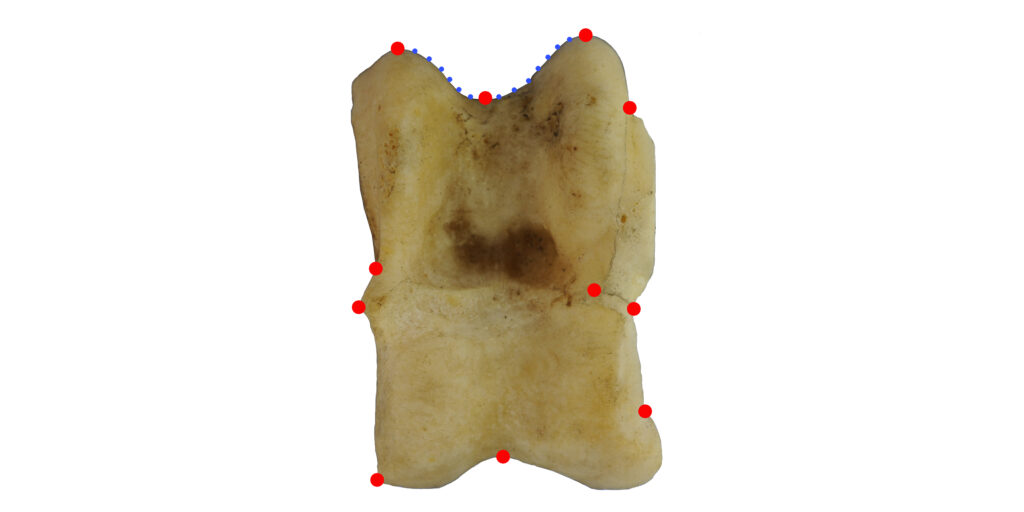From the Wild Sheep to the Fat-Tailed Sheep

From the beginning, sheep farmers consciously and unconsciously selected animals with characteristics suitable for life and reproduction in a man-made environment. Over the course of many millennia, lines of sheep evolved that were adapted to different landscapes and climates. Over time, human selection also promoted desirable traits such as tameness, higher milk yield, quantity and quality of fleece, or large fat deposits as in the Karakul, a fat-tailed sheep. However, it is difficult to detect such breeding lines in bone material.
Here we present an approach based on the geometric morphometrics (GMM) method spectrum. In our study, we compare astragali (talus) of three wild and five domestic sheep populations. They come from prehistoric contexts in Southwest Asia from the Early Neolithic, Middle Chalcolithic, and Late Bronze Age, as well as from modern reference series preserved in natural history collections.
Pöllath N., Schafberg R., Peters J. (2019) Astragalar morphology: Approaching the cultural trajectories of wild and domestic sheep applying Geometric Morphometrics. Journal of Archaeological Science: Reports 23: 810-821. https://doi.org/10.1016/j.jasrep.2018.12.004

